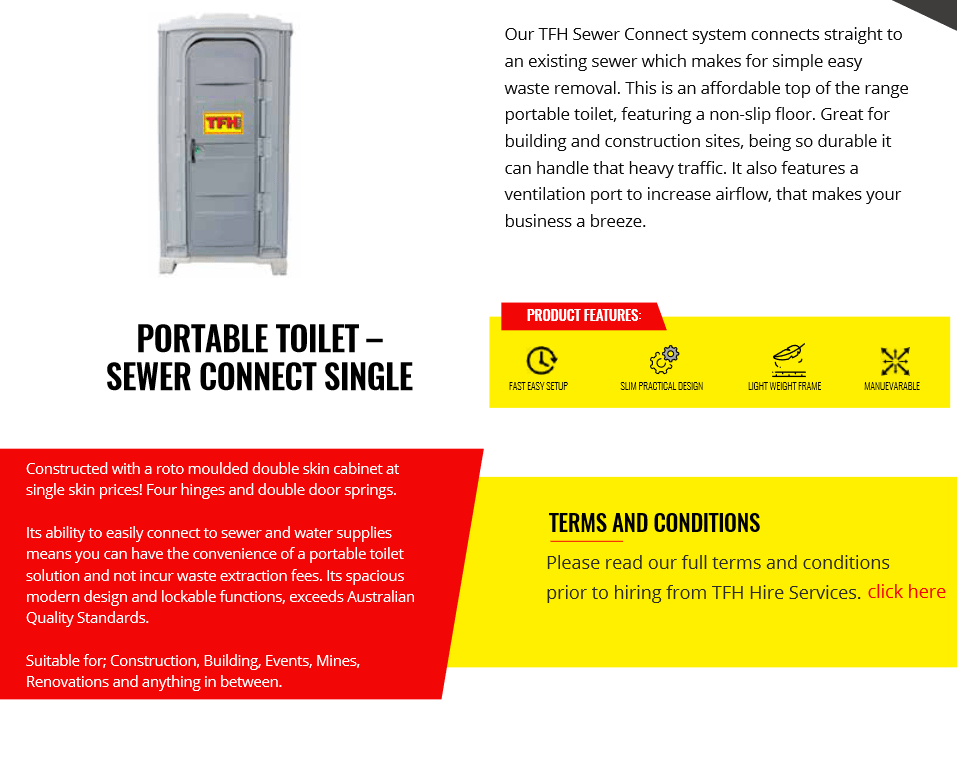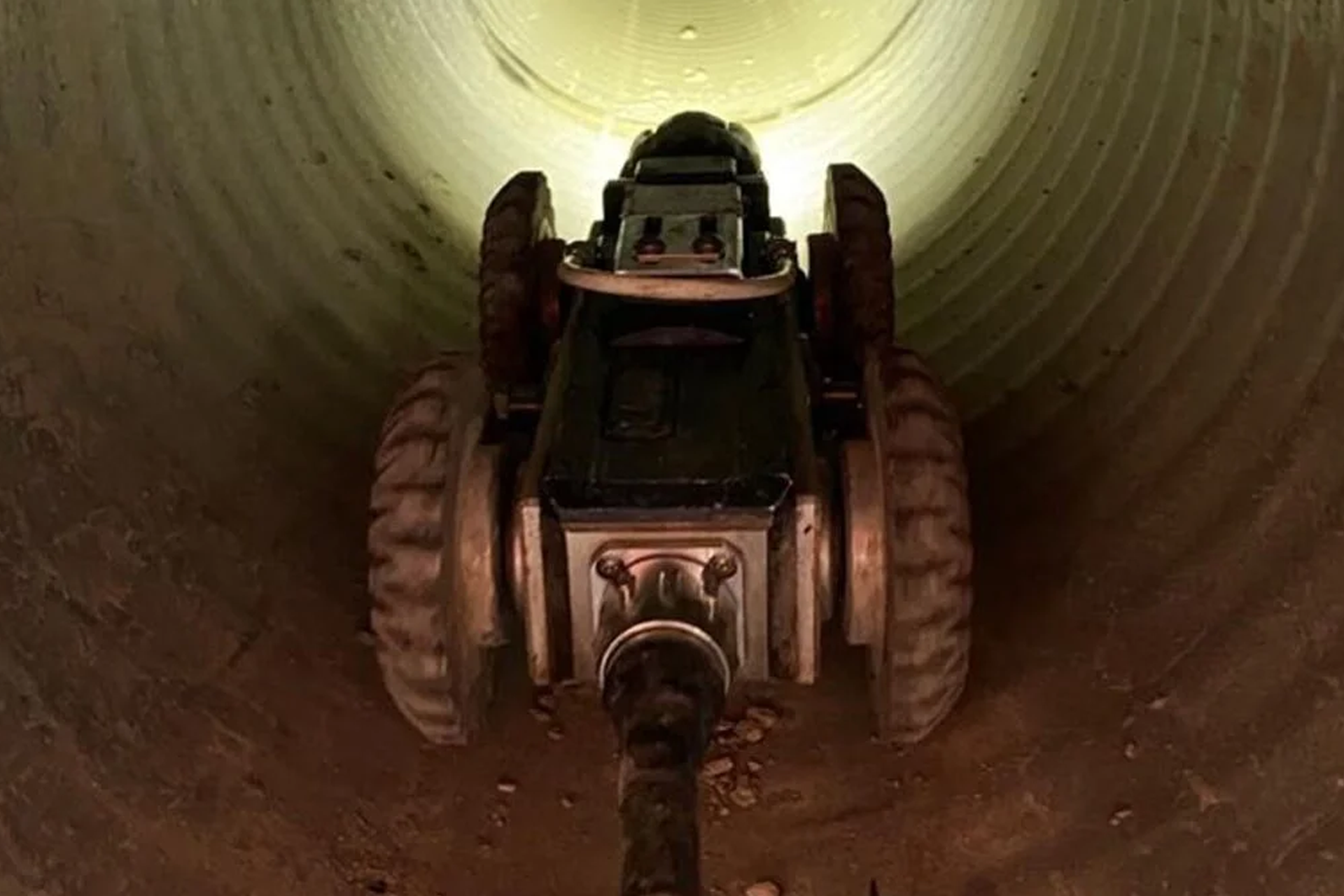Getting The Reclaim Waste To Work
Getting The Reclaim Waste To Work
Blog Article
The Ultimate Guide To Reclaim Waste
Table of ContentsRumored Buzz on Reclaim WasteThe Ultimate Guide To Reclaim WasteSome Known Details About Reclaim Waste The Best Strategy To Use For Reclaim WasteThe Basic Principles Of Reclaim Waste
Explore the types, events, and types of fluid waste. Domestic sewage waste describes the waste and products from a domestic septic tank. This kind of waste is produced by human beings in houses, colleges, and other buildings. This only consists of sewage-disposal tanks that have a drain area. The correct management and disposal of residential sewer waste need fluid waste to be moved to a sewage therapy plant where the appropriate approaches and equipment are put on detoxify and dispose of waste.
Industrial waste often includes potential dangers, such as flammable products or a combination of fluid and solid waste products, and calls for an extra sophisticated and detailed disposal procedure. The disposal of business waste normally includes the purification of waste prior to transport to guarantee risk-free and proper disposal. Industrial waste is produced from results and overflow of industrial processes and production.
This kind of waste can not utilize the same sewer monitoring transport or processes as septic or commercial liquids. The industrial waste monitoring process requires the inspection and screening of liquid waste prior to it goes through the disposal process (liquid waste disposal). Overflow waste is the liquid waste that originates from overflow and excess stormwater in extremely inhabited areas or cities
Runoff waste can cause contamination and flooding if not handled properly. Discover more concerning sewer cleansing and waste administration. Ensuring proper waste monitoring can prevent disasters and minimize ecological harm. Both individuals in domestic settings and professionals in commercial or manufacturing sectors can gain from comprehending the processes and policies of liquid waste management.
Examine This Report on Reclaim Waste
Get in touch with PROS Providers today to discover our waste monitoring and disposal solutions and the proper methods to take care of the fluid waste you generate.
(https://www.storeboard.com/reclaimwaste2)Do you understand what occurs to your water when you disengage, purge the toilet or drain the washing equipment? No? Well, it's worth knowing. This supposed 'wastewater' is not only an essential resource however, after treatment, will certainly be launched to our land, rivers or the ocean. Utilized water from commodes, showers, baths, kitchen sinks, laundries and industrial procedures is called wastewater.

water made use of to cool down machinery or clean plant and equipment). Stormwater, a type of wastewater, is runoff that flows from farming and urban areas such as roofing systems, parks, yards, roadways, courses and gutters into stormwater drains pipes, after rain. Stormwater moves untreated straight to regional creeks or rivers, eventually reaching the ocean.
5 Easy Facts About Reclaim Waste Explained
In Queensland, most wastewater is dealt with at sewage treatment plants. Wastewater is delivered from domestic or commercial Bonuses sites via a system of drains and pump terminals, called sewerage reticulation, to a sewer treatment plant. City governments construct, maintain and operate most sewer treatment plants. Operators are accredited under the Environmental Protection Act 1994 to release treated wastewater at an appropriate environmental requirement into waterways.
The Department of Natural Resources encourages neighborhood governments about managing, operating and maintaining sewerage systems and therapy plants. In unsewered areas, city governments may require householders to install private or home sewage therapy systems to deal with residential wastewater from commodes, kitchen areas, bathrooms and washings. The Division of Natural Resources authorizes making use of family systems when they are verified to be effective.
A lot of stormwater gets no therapy. In some brand-new communities, therapy of some stormwater to remove trash, sand and gravel has begun using gross toxin traps. Wastewater therapy takes place in four stages: Eliminates strong matter. Bigger solids, such as plastics and other items incorrectly released to sewage systems, are gotten rid of when wastewater is travelled through screens.
Makes use of small living organisms knows as micro-organisms to damage down and get rid of staying liquified wastes and fine bits. Micro-organisms and wastes are integrated in the sludge.
Not known Incorrect Statements About Reclaim Waste
Nutrient removal is not offered at all sewage treatment plants due to the fact that it calls for pricey specialized tools. Clear fluid effluent created after therapy may still have disease-causing micro-organisms - liquid waste removal melbourne.

Most wastewater streams right into the sewage system. Under the Act, regional federal governments carry out authorizations and licences for environmentally pertinent tasks (Periods) including wastewater releases that may have a local influence.
A Biased View of Reclaim Waste
Monitoring offers accurate info regarding water high quality and can validate that permit problems are being fulfilled. The information gotten through surveillance offers the basis for making water quality decisions.
Report this page